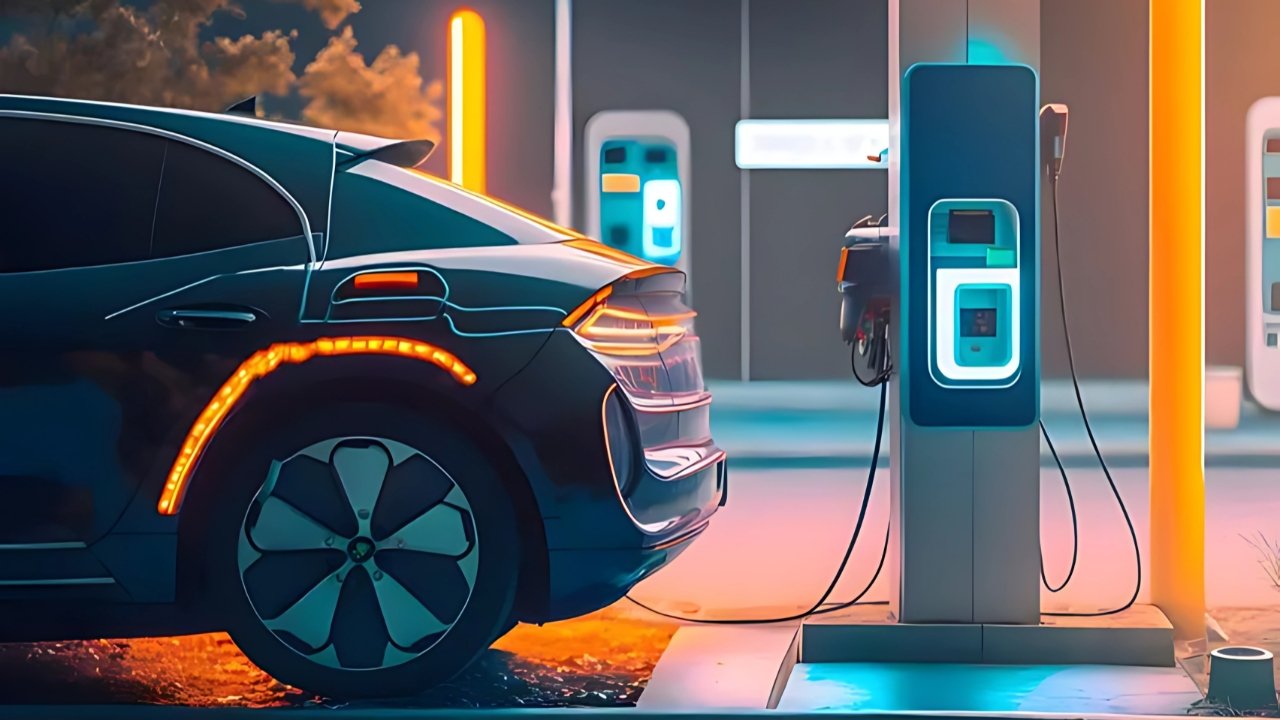
How automotive companies achieve zero waste goals through recycling, circular economy practices, and innovative sustainability strategies. Learn real solutions today.
How Car Companies Are Going Zero Waste: Real Solutions That Actually Work
Car manufacturing has always been resource-heavy, but today’s automotive industry is proving that zero waste initiatives aren’t just possible—they’re profitable. Major manufacturers are saving millions while protecting our planet through smart waste reduction strategies.

What Does Zero Waste Really Mean for Car Companies?
Zero waste initiatives in the automotive industry focus on eliminating waste throughout a vehicle’s entire lifecycle. This means everything from the factory floor to your driveway gets optimized for sustainability. Instead of the traditional “make-use-dispose” model, companies now embrace circular economy principles where materials keep cycling back into production.
The numbers speak volumes: manufacturers implementing these programs report 85-95% waste diversion rates from landfills, with some achieving complete zero waste to landfill status.
Real Companies Making Real Changes
Toyota’s Closed-Loop Success Story
Toyota has transformed 14 of its North American plants into zero waste facilities. Their approach combines recycling programs with smart design choices. When they manufacture a Prius, 95% of the vehicle becomes recyclable at end-of-life.
BMW’s Remanufacturing Revolution
BMW’s sustainability program focuses on giving car parts multiple lives. Their remanufacturing process extends component lifespan by 40-60%, reducing both costs and environmental impact.
Four Game-Changing Strategies That Work
Smart Design for Easy Recycling
Modern vehicles get designed with their end-of-life in mind. This “design for disassembly” approach uses:
- Snap-fit connections instead of permanent bonds
- Clear material labeling for sorters
- Modular components that separate easily
- 90% fewer mixed materials that complicate recycling
Advanced Material Recovery Systems
Today’s automotive industry recovers valuable materials that were previously lost:
- Steel and aluminum with 98% recovery rates
- Plastics that become new car parts
- Rare earth elements from electric vehicle batteries
- Fluids that get purified and reused
Lean Manufacturing Principles
Waste reduction starts on the production line. Lean manufacturing eliminates:
- Overproduction that creates excess inventory
- Waiting time that wastes energy
- Unnecessary transportation of materials
- Motion inefficiencies that consume resources
Converting Waste into Energy
Some facilities turn unavoidable waste into power through:
- Biomass systems that burn organic waste
- Biogas generation from cafeteria scraps
- Heat recovery from manufacturing processes
The Technology Making It Possible
AI-Powered Sorting Systems
Artificial intelligence now identifies and separates materials with 99% accuracy, making recycling more efficient than ever. These systems process 1,000 pounds of mixed automotive waste per hour.
Chemical Recycling Breakthroughs
New processes break down complex plastics into base chemicals, creating virgin-quality materials. This technology handles automotive industry plastics that traditional recycling couldn’t touch.
Challenges Companies Face (And How They’re Solving Them)
Complex Supply Chains
Managing waste reduction across hundreds of suppliers requires coordination. Successful companies create supplier scorecards that track sustainability metrics and provide training programs.
Upfront Investment Costs
Zero waste initiatives require initial investment, but payback typically occurs within 2-3 years through:
- Reduced waste disposal fees
- Lower raw material costs
- Improved operational efficiency
- Enhanced brand reputation
What’s Next for Automotive Sustainability
Electric vehicles are driving new circular economy opportunities. Battery recycling could recover 95% of lithium, cobalt, and nickel by 2030. Meanwhile, 3D printing technology enables on-demand part production, eliminating inventory waste.
Consumer demand for sustainable vehicles continues growing, with 73% of buyers considering environmental impact in their purchasing decisions.
Zero Waste Implementation Data
| Strategy | Waste Reduction Percentage |
|---|---|
| Closed-loop recycling systems | 85-95% |
| Design for disassembly | 70-80% |
| Lean manufacturing processes | 60-75% |
| Remanufacturing programs | 40-60% |
| Material recovery systems | 90-98% |
| Waste-to-energy conversion | 30-45% |
Frequently Asked Questions
Q: How long does it take for a car company to achieve zero waste status?
A: Most companies achieve zero waste to landfill within 2-4 years of implementing comprehensive programs.
Q: Do zero waste cars cost more for consumers?
A: Initially yes, but circular economy practices typically reduce long-term vehicle costs through improved resale values and lower maintenance.
Q: Which car materials are hardest to recycle?
A: Complex composite materials and mixed plastics pose the biggest challenges, though new chemical recycling technologies are solving these problems.